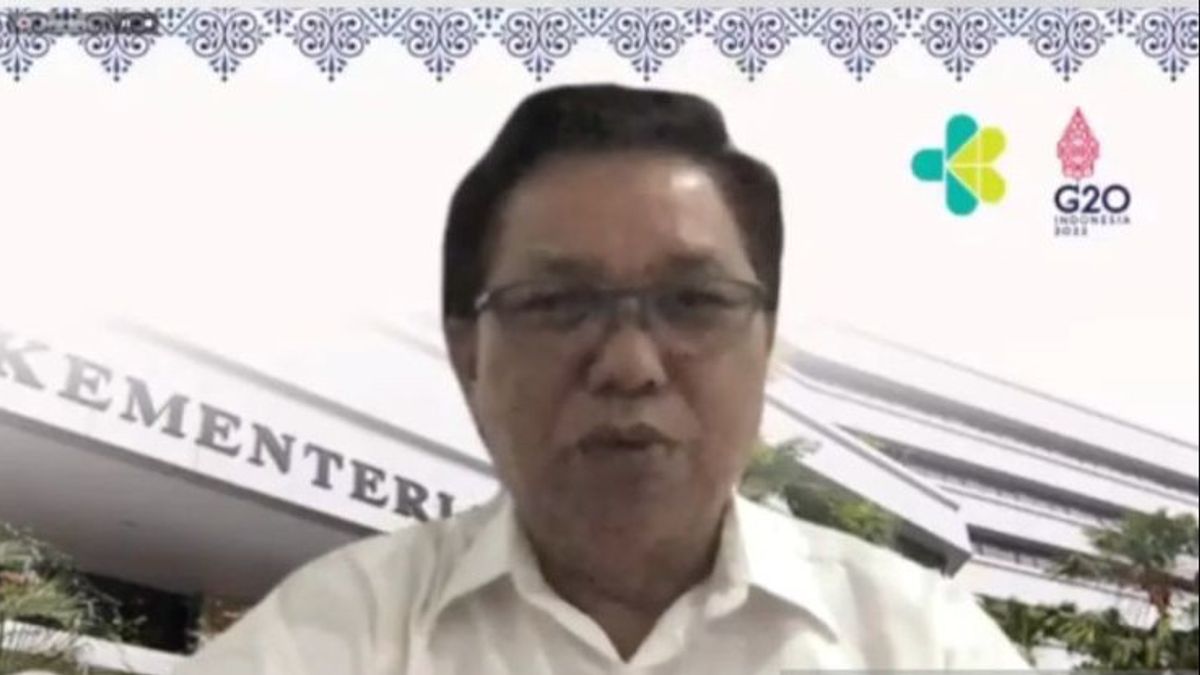JAKARTA – Mysterious hepatitis, including a new type of disease. There are several symptoms shown by this disease. According to the President Director of RSPI Sulianti Saroso Jakarta, Mohammad Syahril, some of the symptoms include yellow discoloration around the eyes and body and loss of consciousness. This is a marker of severe symptoms experienced by patients with mysterious hepatitis infections.
"If they are referred to a hospital, they usually have more severe symptoms, such as yellowness in the eyes or the whole body and high laboratory signs," said Mohammad Syahril in a virtual press conference attended by Zoom in Jakarta, Thursday afternoon, 5 May.
The laboratory signs referred to are the results of examination of the patient's blood sample which shows an increase in liver enzymes (SGOT/SGPT) up to 500 u/L.
In the same event, Gastrohepatology Consultant Pediatrician at Mitra Keluarga Kelapa Gading Hospital, Jakarta, Hanifah Oswari, said that the specific initial symptoms included diarrhea, nausea, vomiting and abdominal pain.
If the symptoms continue, according to him, the patient will experience blood clotting disorders and decreased consciousness. In the worst cases, the medical team will need to perform a liver transplant to prevent death.
"This case is not caused by Hepatitis A, B, C, and E. This disease attacks children under 16 years old and more people under 5 years old," said Hanifah as quoted by Antara.
Acute hepatitis with severe symptoms is called a mystery because the triggering factor is not yet known. In addition, severe symptoms that arise come at the same time and quickly.
"Actually, there are a lot of acute hepatitis in Indonesia, but specifically for severe acute hepatitis, we don't know the cause yet," he said.
He also conveyed several preventive measures to avoid acute hepatitis, including washing hands with soap, maintaining cleanliness of food and drinks, not sharing eating or drinking utensils with other people, and avoiding contact with patients.
"In general, it's the same as preventing COVID-19, 3M (maintaining distance, wearing masks and avoiding crowds)," he said.
If you find specific symptoms, said Hanifah, then the patient needs to be immediately taken to the nearest Puskesmas or hospital to specifically detect the symptoms experienced.
The English, Chinese, Japanese, Arabic, and French versions are automatically generated by the AI. So there may still be inaccuracies in translating, please always see Indonesian as our main language. (system supported by DigitalSiber.id)









